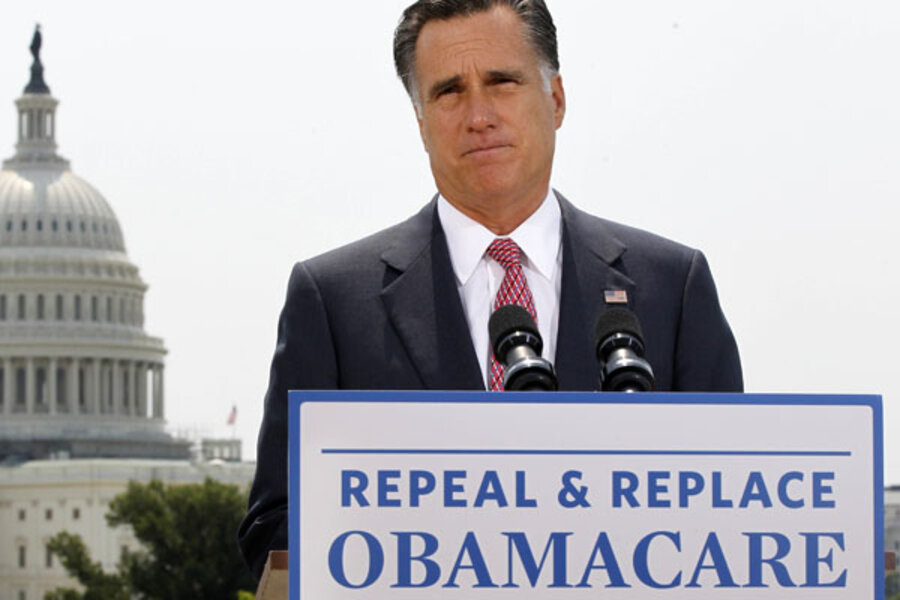Health-care costs shift from employer to employee
Loading...
Employer outlays for workers’ health insurance slowed from a 9 percent jump last year to less than half that — 4 percent — this year, according to a new survey from the Kaiser Foundation. Good news?
Our political class believes it is. The Obama administration attributes the drop to the new Affordable Care Act, which, among other things, gives states funding to review insurance rate increases.
Republicans agree it’s good news but blame Obamacare for the fact that employer health-care costs continue to rise faster than inflation. “The new mandates contained in the health care law are significantly increasing the cost of insurance” says Wyoming senator Mike Enzi, top Republican on the Senate health committee.
But both sides ignore one big reason for the drop: Employers are shifting healthcare costs to their workers. (The survey shows workers contributing an average of $4,316 toward the cost of family health plans this year, up from $4,129 last year. Many are receiving little or no employer-provided coverage at all.)
Score another win for American corporations — whose profits continue to be robust despite the anemic recovery — and another loss for American workers.
Those profits aren’t due to a surge in sales. Exports are down (Europeans, Japanese, and Chinese are all pulling in their belts) and American consumers don’t have the dough to buy more.
The profits are largely due to lower corporate costs, especially when it comes to their payrolls. Employer-provided health and pension contributions are shrinking, and the real median wage continues to drop.
High unemployment has given companies more bargaining leverage over their workers, who have to accept lower real pay and benefits or risk losing their jobs.
When it comes to health insurance, employees increasingly have to choose between health-insurance policies with sky-high premiums or with sky-high co-payments and deductibles. And since they can’t afford the former they’re opting for the big co-payments and deductibles – or no insurance at all.
The result is fewer visits to the doctor and less use of other medical services.
This is a new trend, and it comes despite the Affordable Care Act (which hasn’t been fully phased in). And it wouldn’t be worrisome if we were seeing too much of doctors before, and using up medical resources we didn’t need.
But it’s worrisome if it means less preventive care, or health problems going untreated until they become chronic illnesses or crises.
Healthcare costs do have to be better controlled. They now claim 18 percent of our entire economy. But the best way to control them isn’t by cutting back care. It’s by wringing inefficiencies out of the system.
Our healthcare system wastes 30 cents of every dollar spent on health care, according to new calculations by the well-respected Institute of Medicine. Much of it is wasted on repeated tests, and a huge portion wasted on paperwork – between doctors and hospitals and specialists and insurers, to justify expenditures by one group to be paid by another.
A single-payer system would be far more efficient.
So back to my original question. Is the dramatic slowdown in employer health-care costs good news? It all depends. If we and our families are in good health, or we’re high earners who can afford good health coverage without big co-payments and deductibles, or if we own lots of shares in companies showing higher profits because they’re trimming pay and benefits – or we’re in all three categories – it’s probably good.
But if we’re none of these, it might not be good news – especially if it means we’re getting less care than would otherwise keep ourselves and our families healthy.
At the least, if we’re concerned about the health and well-being of all Americans, we need to find out much more before we celebrate.








